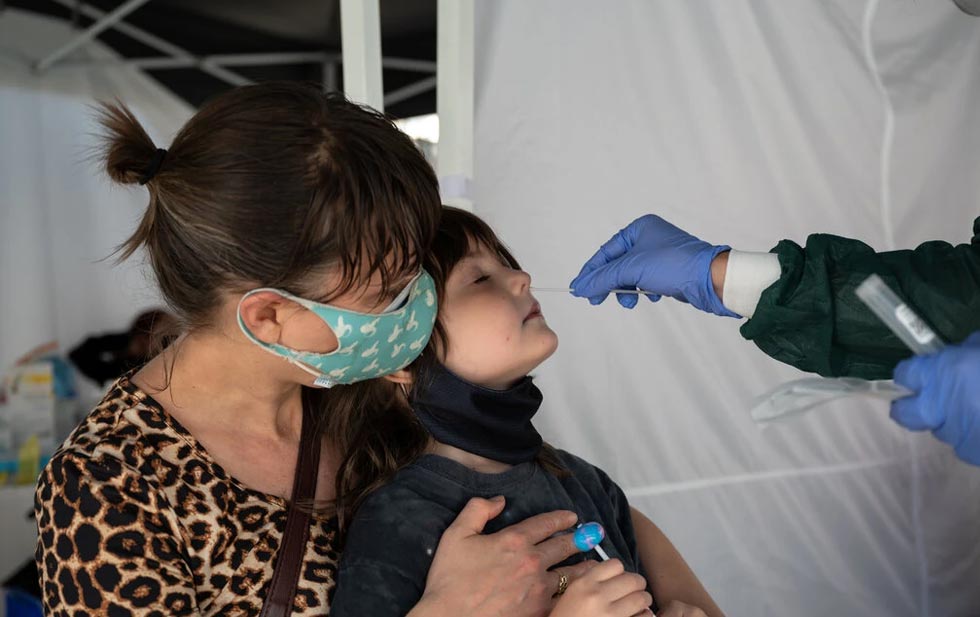Two years ago, sneezing or coughing was no cause for concern, but now even the slightest symptoms make us think: “Do I have a goiter?”
At the onset of the infection, we learned about the characteristic symptoms of the infection, including loss of taste and smell, fever, cough, shortness of breath and fatigue.
However, what has been going on for over a year now? Have the symptoms changed considering that the delta variant is currently the most common form of the virus in the United States?
This question has little information and a lot to know.
Unvaccinated patients represent the majority of those hospitalized with Govit-19, so they are more likely to develop severe symptoms such as shortness of breath or persistent pain or pressure in the chest.
In areas with low immunization rates, such as Louisiana, Texas, and Arkansas, unvaccinated children and adolescents are hospitalized in greater numbers than anywhere else during epidemics.
Researchers do not know whether the delta variant alone is responsible for these severe symptoms or whether an increase in infections in children is more likely to be hospitalized.
The delta variant is almost twice as contagious as the previous varieties and is as contagious as chickenpox. It reacts rapidly in the body, and people can carry large amounts of the virus through their nose and throat.
Among vaccinated adults, “Symptoms are identified as a common fever. We see the presence of cough in people, but we also see the prevalence of colds and sneezing. Headaches and sore throats are other important symptoms.” .Son said.





